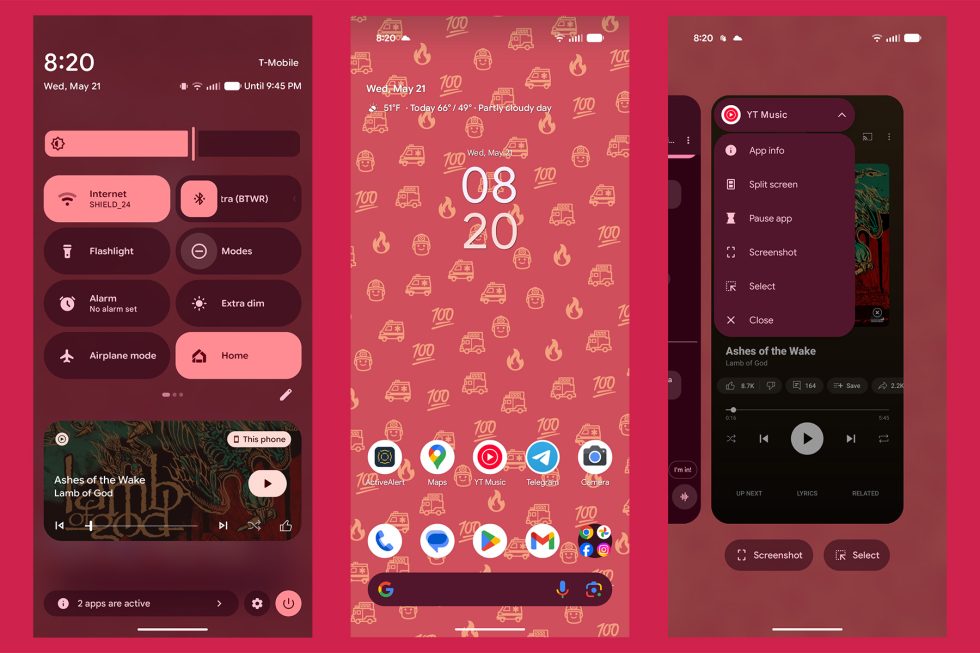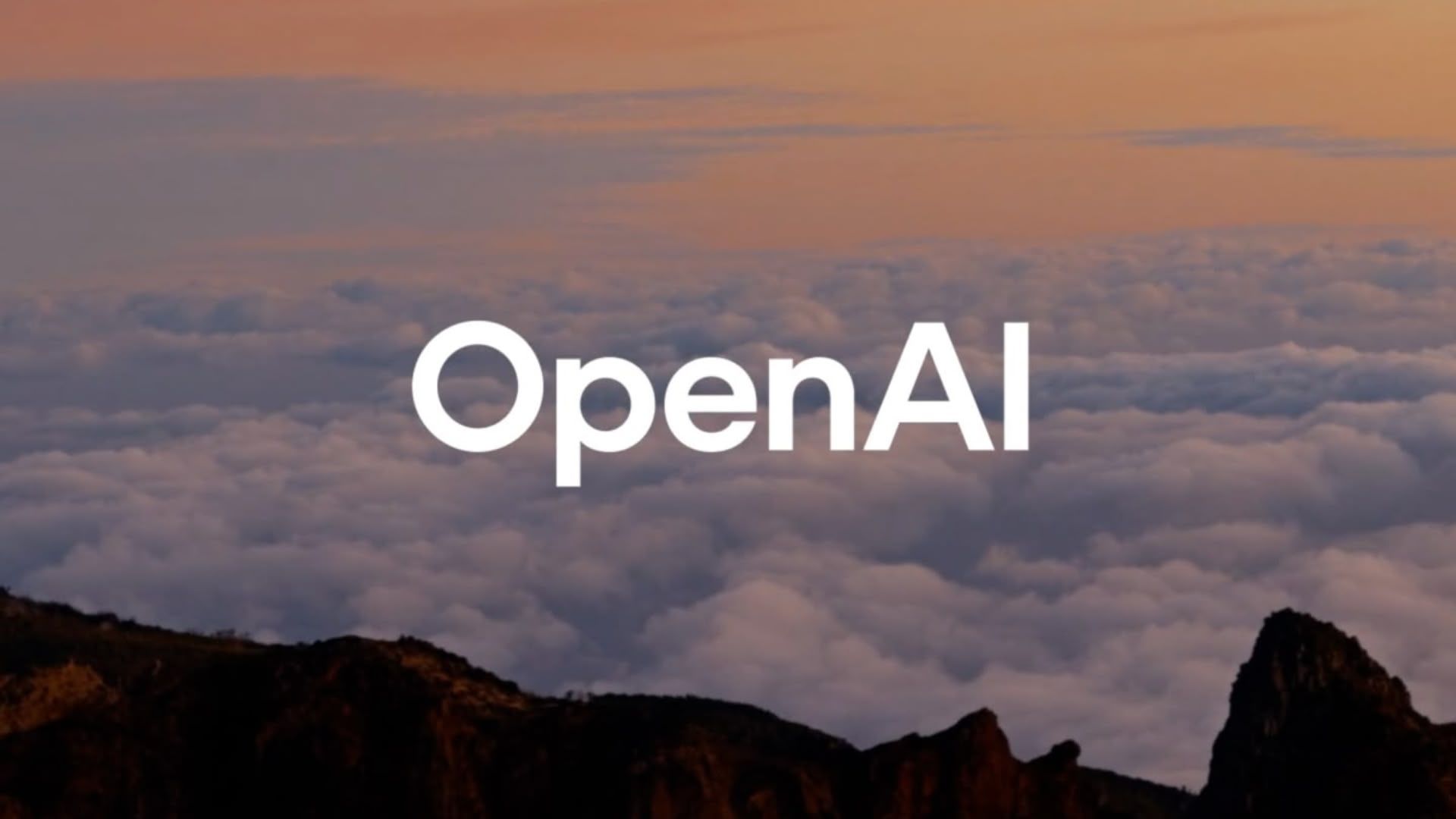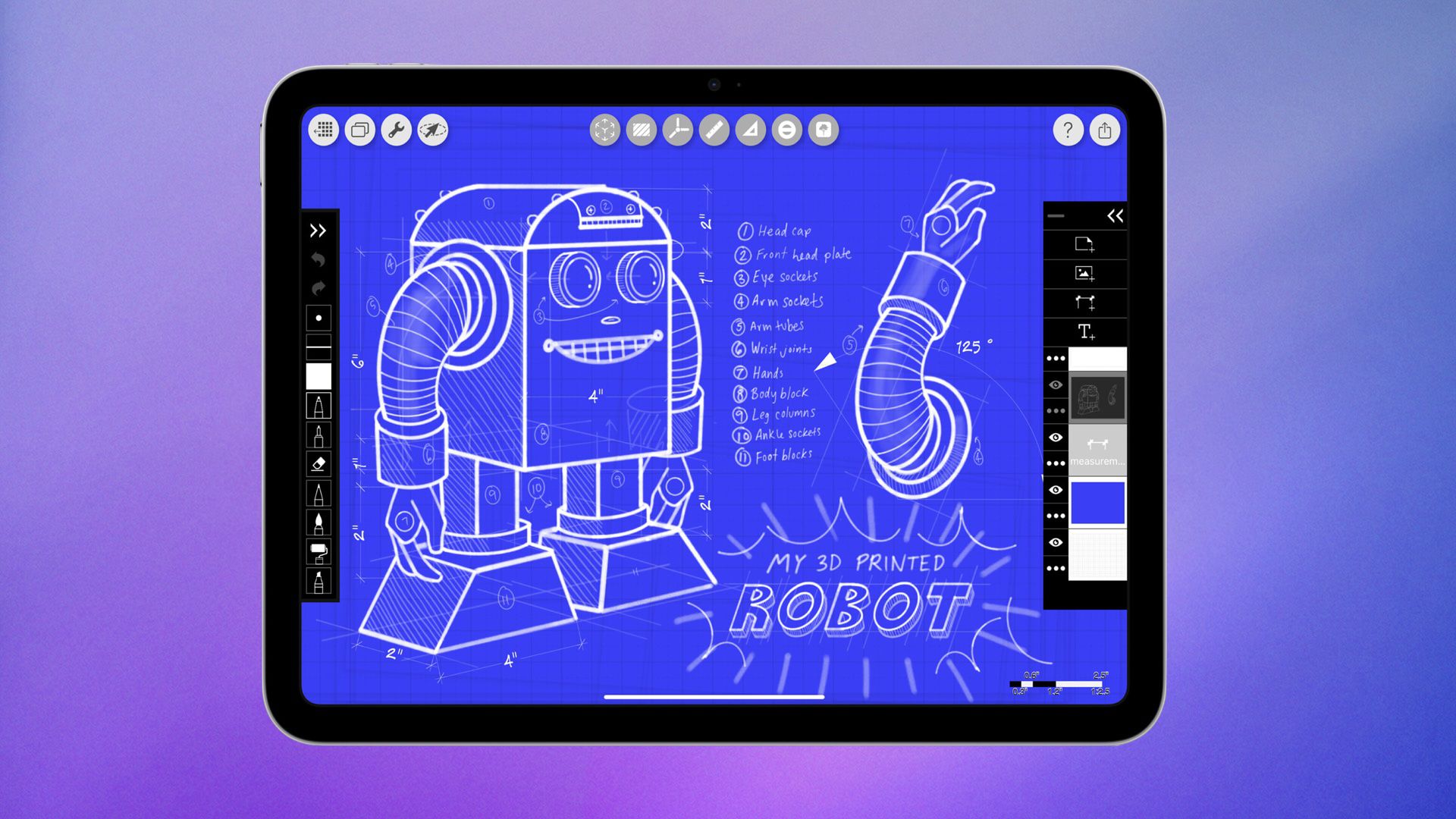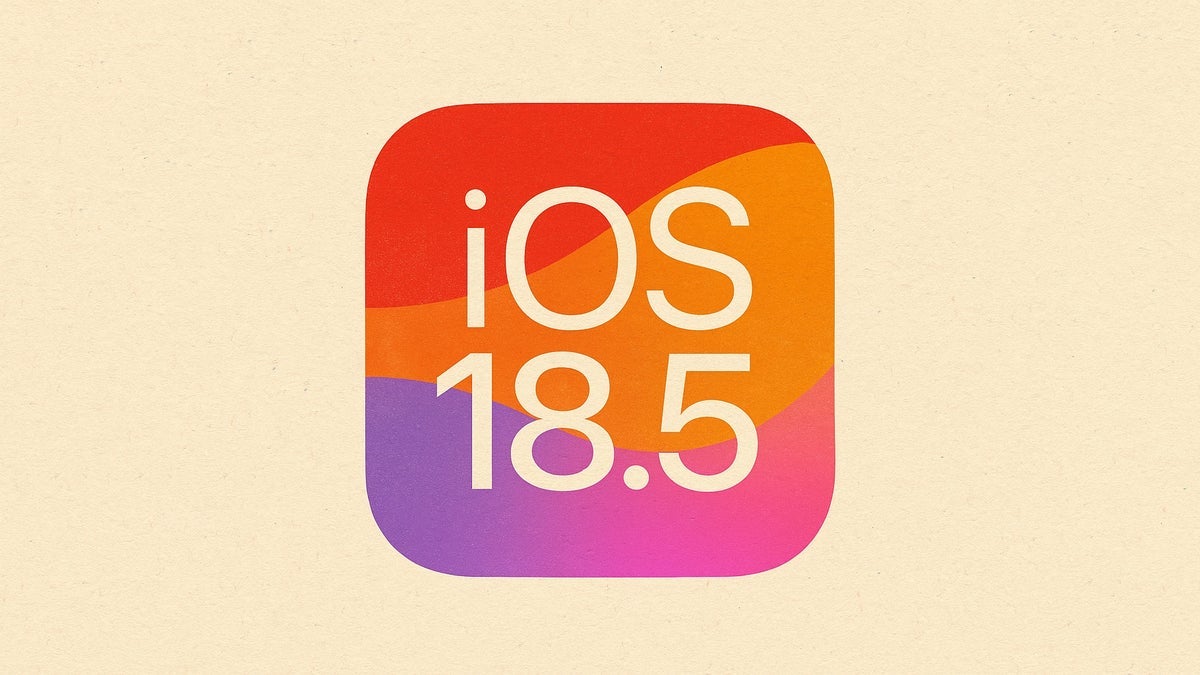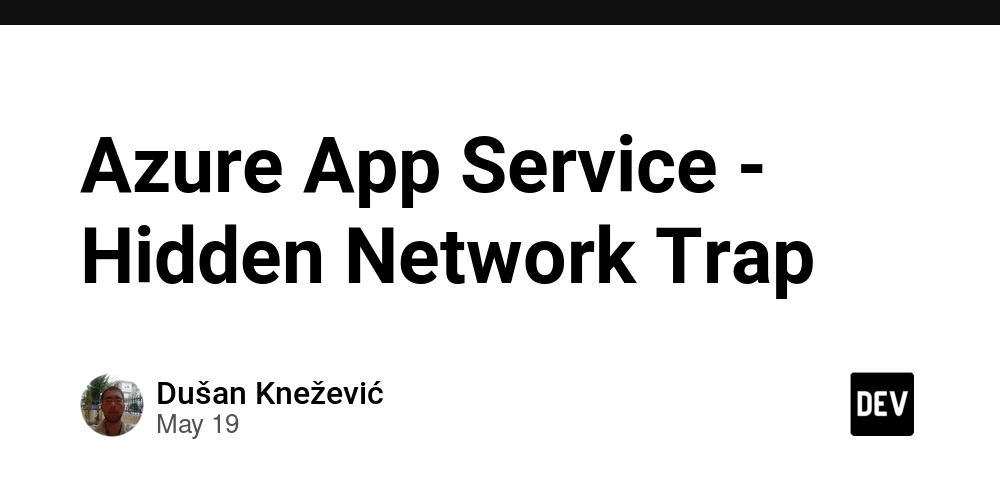Automated Deployment for Small Teams: How to Start with one click?
If you’ve ever delayed pushing to production because “it’s just too much right now,” you’re not alone. For small teams - especially startups and indie developers, deployment often becomes the most dreaded part of the workflow. Not because it’s hard, but because it’s messy, time-consuming, and filled with “extra stuff” like YAML files, CI/CD config, and infrastructure setup that feels disconnected from actual product building. So what if there was a simpler way? What if deploying your app was as easy as pushing code - and that was it? Why small teams struggle with deployment? When you’re a 3-person team juggling product, support, design, and roadmap decisions, no one wants to spend hours setting up Kubernetes manifests or debugging a Jenkins pipeline. Here are common challenges: Lack of DevOps experience: You know how to build your product, but not necessarily how to scale infrastructure. Too many tools: One tool for CI/CD, another for secrets, a different one for monitoring, and then your cloud provider. Unexpected costs: You start with free tiers, and suddenly your cloud bill spikes - without clear insight into why. Every deployment feels like a mini “production crisis,” even if it’s just a small update. The one-click approach to deployment In 2025, automated deployment isn’t just for big teams with SREs. With the right platform, even solo developers can ship confidently without touching infrastructure. Tools like Kuberns are built for exactly this: helping small teams deploy apps in one click - without the DevOps complexity. You push code to GitHub, and your app goes live in minutes. Auto-detects your stack Sets up runtime, scaling, and monitoring No Dockerfiles or Kubernetes configs needed It’s not magic - it’s just modern tooling done right. How to get started (without overthinking it)? Here’s a mindset shift that works: Stop assembling your own deployment stack. Instead of gluing together CI/CD, cloud infra, and monitoring tools, use something like Kuberns, which brings everything into a single workflow. Connect your GitHub repo. Kuberns auto-detects your framework - whether it’s Node.js, Flask, Django, or something else - and sets up your environment with sensible defaults. Push code, go live. No configuration files. No complex dashboards. Just a single dashboard that shows your logs, uptime, and live metrics in one place. Focus on building, not babysitting infrastructure. That’s where small teams win - with focus. Kuberns keeps you there by handling the rest.

If you’ve ever delayed pushing to production because “it’s just too much right now,” you’re not alone.
For small teams - especially startups and indie developers, deployment often becomes the most dreaded part of the workflow. Not because it’s hard, but because it’s messy, time-consuming, and filled with “extra stuff” like YAML files, CI/CD config, and infrastructure setup that feels disconnected from actual product building.
So what if there was a simpler way? What if deploying your app was as easy as pushing code - and that was it?
Why small teams struggle with deployment?
When you’re a 3-person team juggling product, support, design, and roadmap decisions, no one wants to spend hours setting up Kubernetes manifests or debugging a Jenkins pipeline.
Here are common challenges:
- Lack of DevOps experience: You know how to build your product, but not necessarily how to scale infrastructure.
- Too many tools: One tool for CI/CD, another for secrets, a different one for monitoring, and then your cloud provider.
- Unexpected costs: You start with free tiers, and suddenly your cloud bill spikes - without clear insight into why.
Every deployment feels like a mini “production crisis,” even if it’s just a small update.
The one-click approach to deployment
In 2025, automated deployment isn’t just for big teams with SREs. With the right platform, even solo developers can ship confidently without touching infrastructure.
Tools like Kuberns are built for exactly this: helping small teams deploy apps in one click - without the DevOps complexity. You push code to GitHub, and your app goes live in minutes.
- Auto-detects your stack
- Sets up runtime, scaling, and monitoring
- No Dockerfiles or Kubernetes configs needed
It’s not magic - it’s just modern tooling done right.
How to get started (without overthinking it)?
Here’s a mindset shift that works:
-
Stop assembling your own deployment stack.
Instead of gluing together CI/CD, cloud infra, and monitoring tools, use something like Kuberns, which brings everything into a single workflow.
-
Connect your GitHub repo.
Kuberns auto-detects your framework - whether it’s Node.js, Flask, Django, or something else - and sets up your environment with sensible defaults.
-
Push code, go live.
No configuration files. No complex dashboards. Just a single dashboard that shows your logs, uptime, and live metrics in one place.
-
Focus on building, not babysitting infrastructure.
That’s where small teams win - with focus. Kuberns keeps you there by handling the rest.































































.jpg)

















































































































![[The AI Show Episode 148]: Microsoft’s Quiet AI Layoffs, US Copyright Office’s Bombshell AI Guidance, 2025 State of Marketing AI Report, and OpenAI Codex](https://www.marketingaiinstitute.com/hubfs/ep%20148%20cover%20%281%29.png)


![[The AI Show Episode 146]: Rise of “AI-First” Companies, AI Job Disruption, GPT-4o Update Gets Rolled Back, How Big Consulting Firms Use AI, and Meta AI App](https://www.marketingaiinstitute.com/hubfs/ep%20146%20cover.png)







































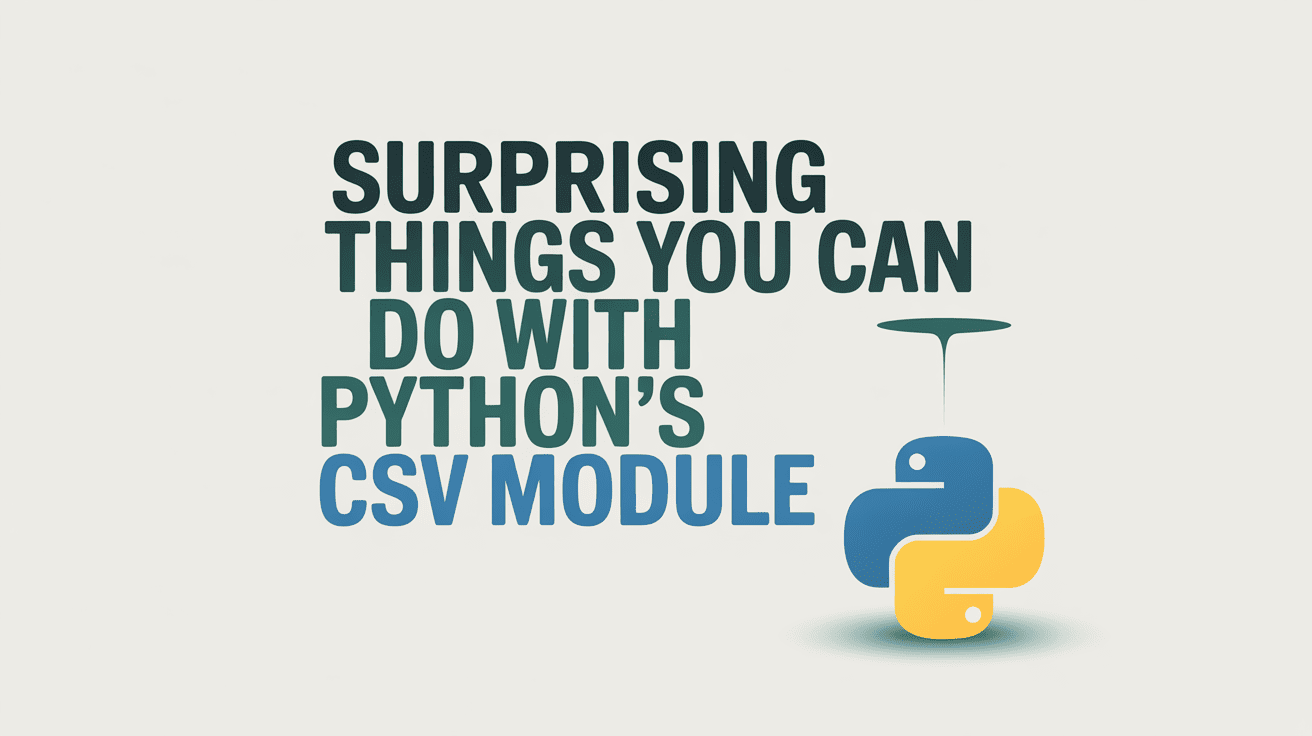

















































































![[DEALS] Babbel Language Learning: Lifetime Subscription (All Languages) (71% off) & Other Deals Up To 98% Off – Offers End Soon!](https://www.javacodegeeks.com/wp-content/uploads/2012/12/jcg-logo.jpg)








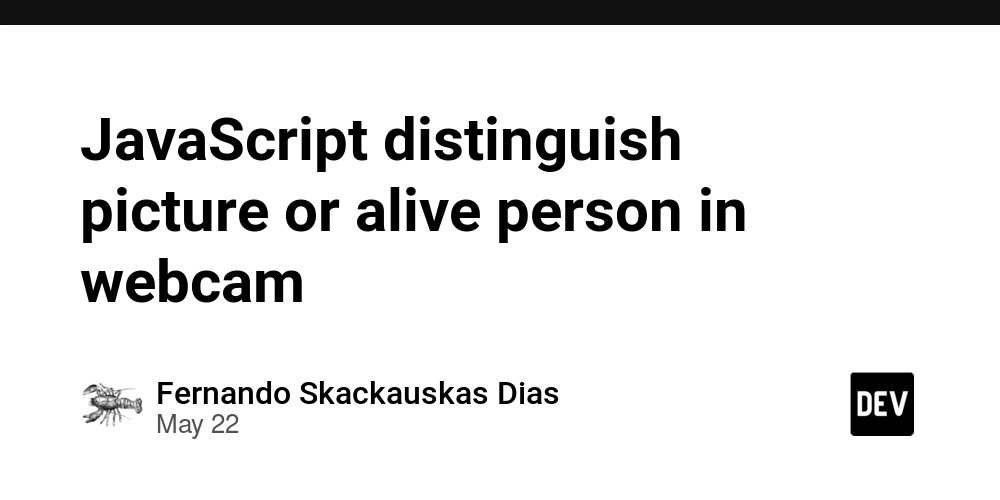











































































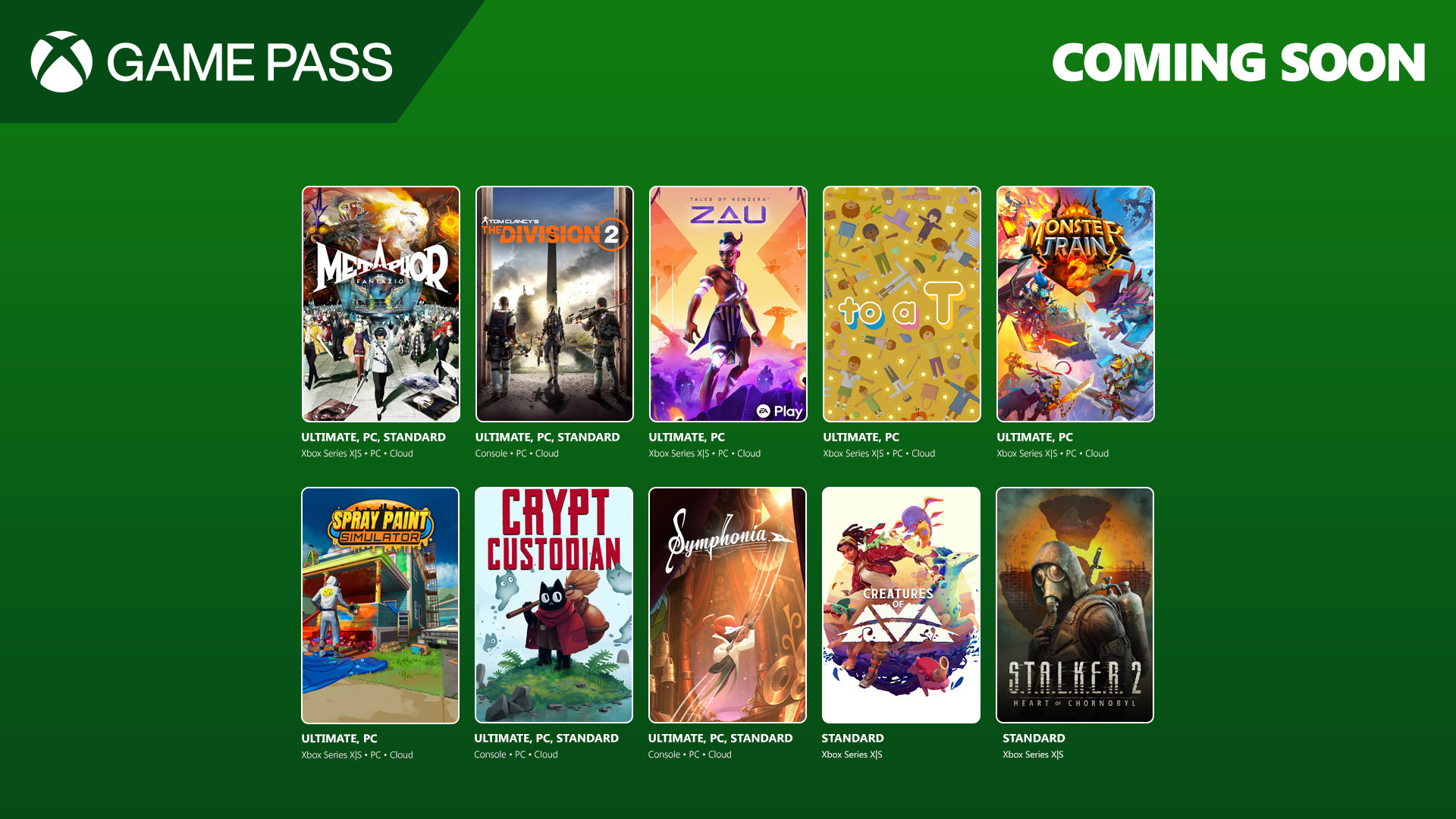

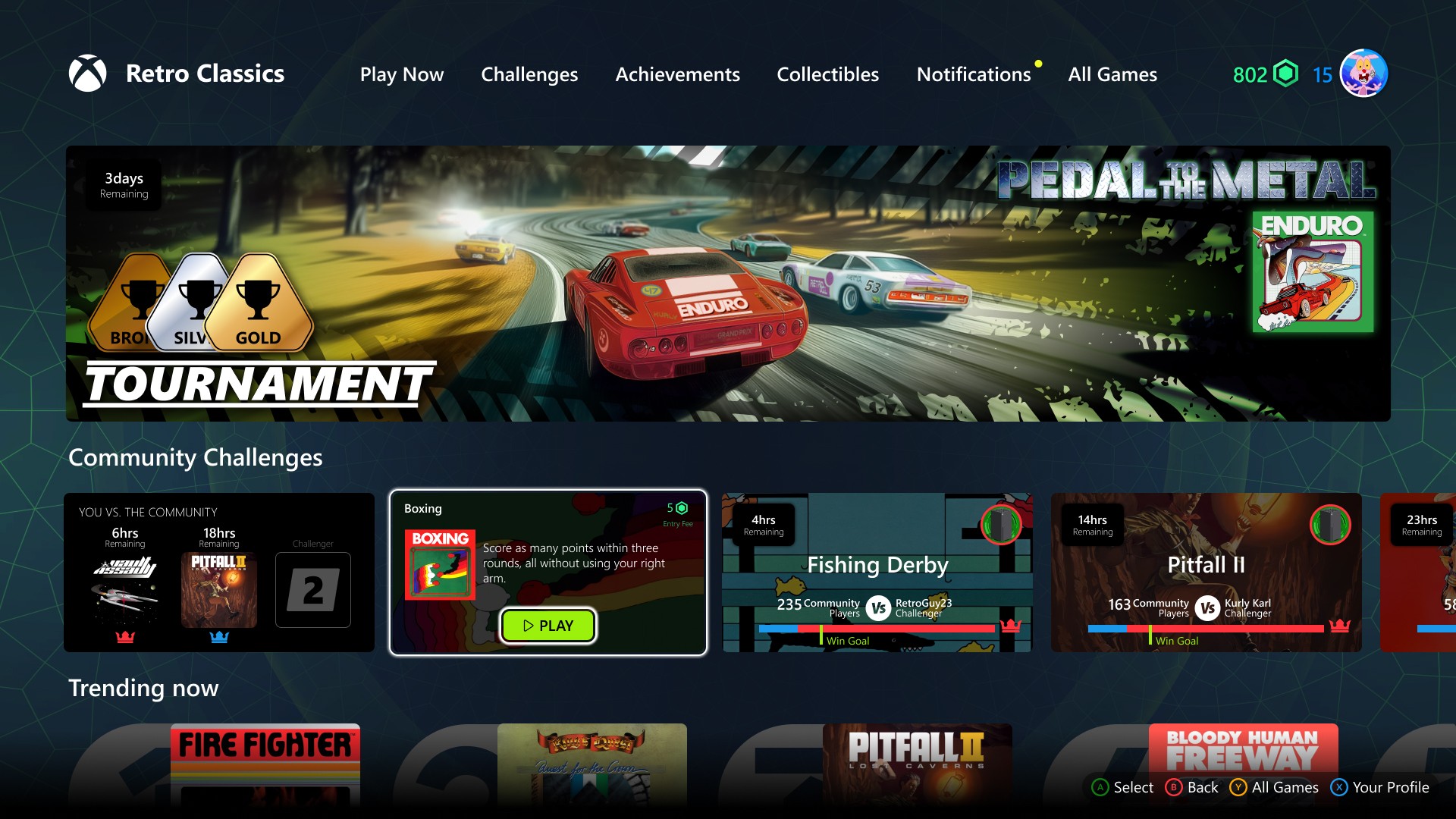
























.jpg?width=1920&height=1920&fit=bounds&quality=70&format=jpg&auto=webp#)






.jpg?width=1920&height=1920&fit=bounds&quality=70&format=jpg&auto=webp#)






















_Alan_Wilson_Alamy.jpg?width=1280&auto=webp&quality=80&disable=upscale#)
_pichetw_Alamy.jpg?width=1280&auto=webp&quality=80&disable=upscale#)















































































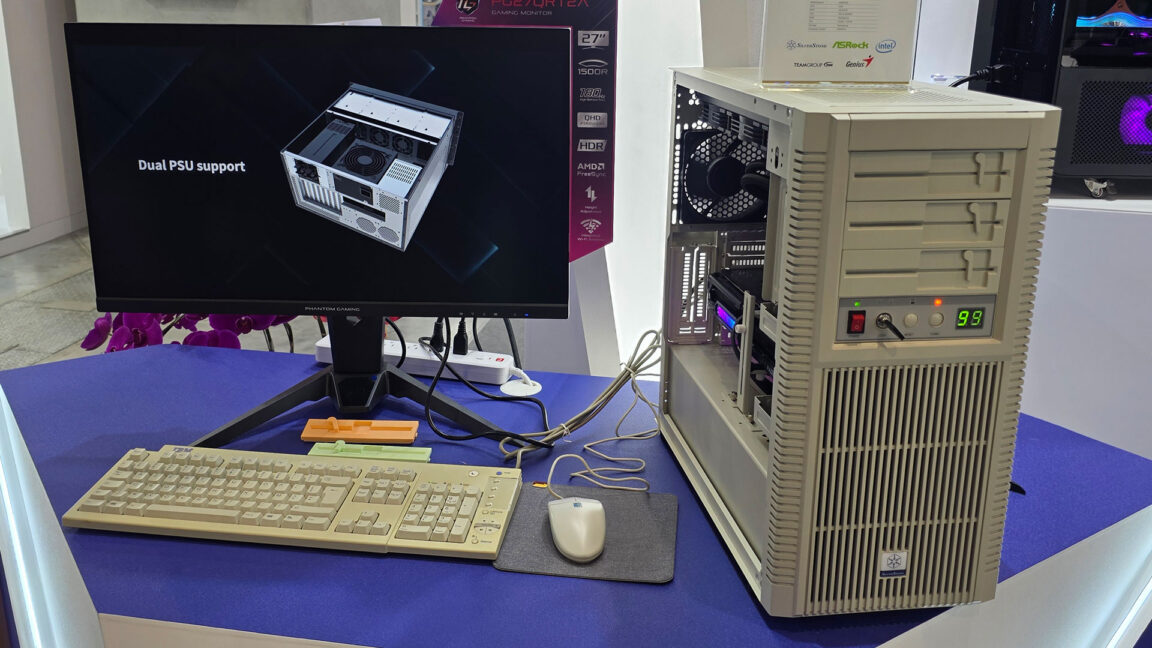




-xl.jpg)

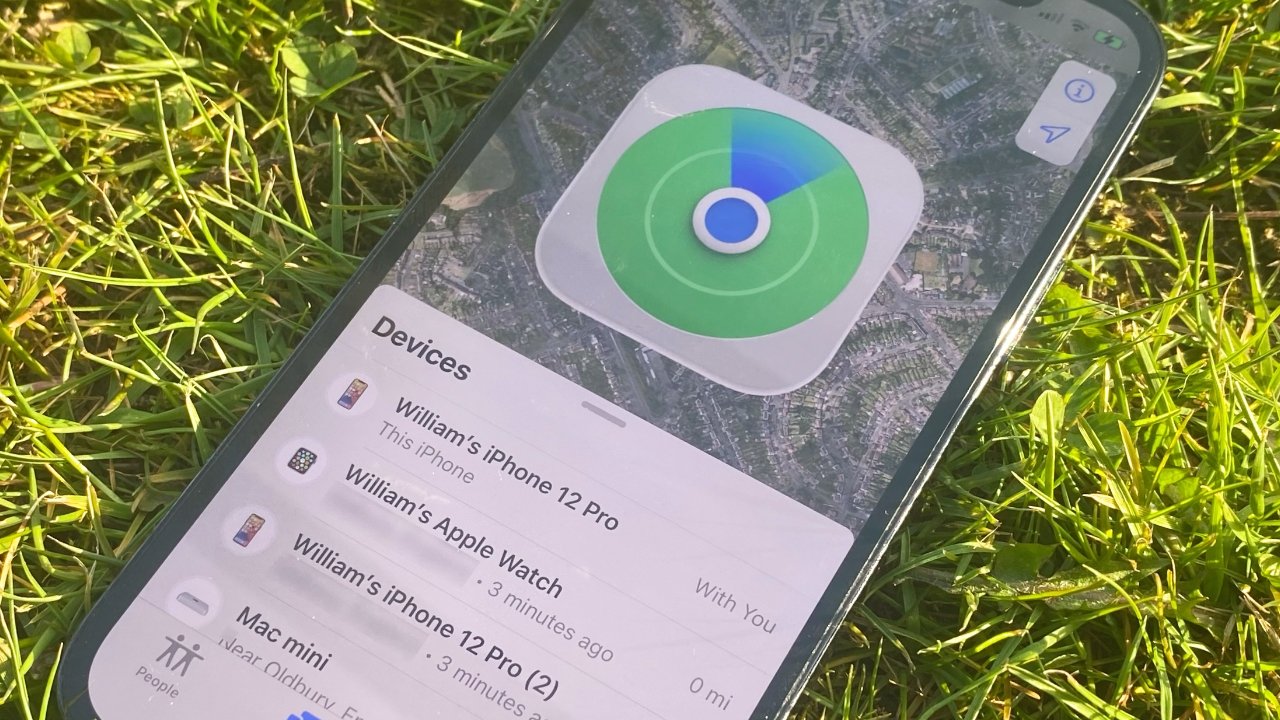

























![Apple Leads Global Wireless Earbuds Market in Q1 2025 [Chart]](https://www.iclarified.com/images/news/97394/97394/97394-640.jpg)

![OpenAI Acquires Jony Ive's 'io' to Build Next-Gen AI Devices [Video]](https://www.iclarified.com/images/news/97399/97399/97399-640.jpg)
![Apple Shares Teaser for 'Chief of War' Starring Jason Momoa [Video]](https://www.iclarified.com/images/news/97400/97400/97400-640.jpg)























